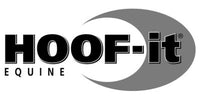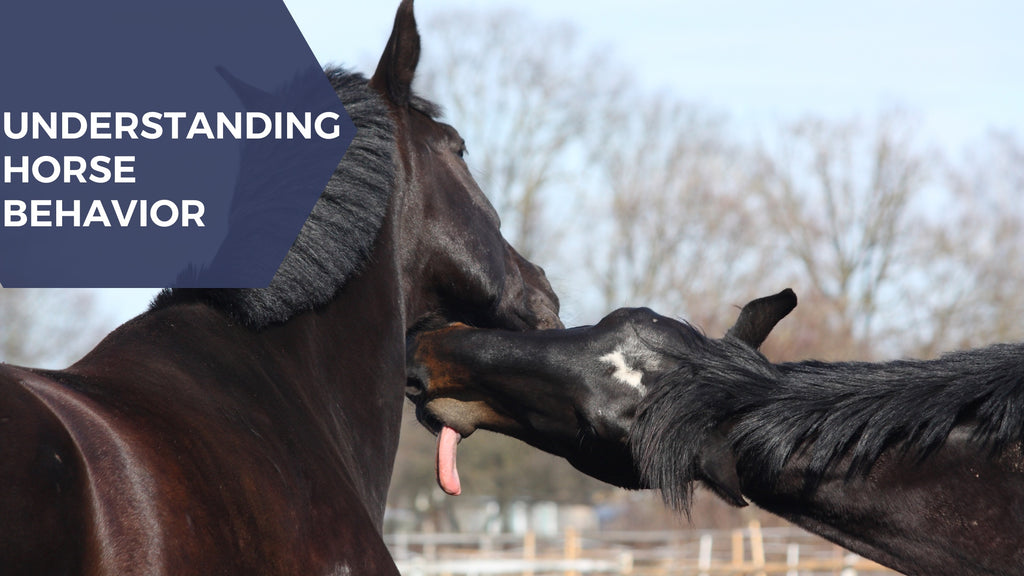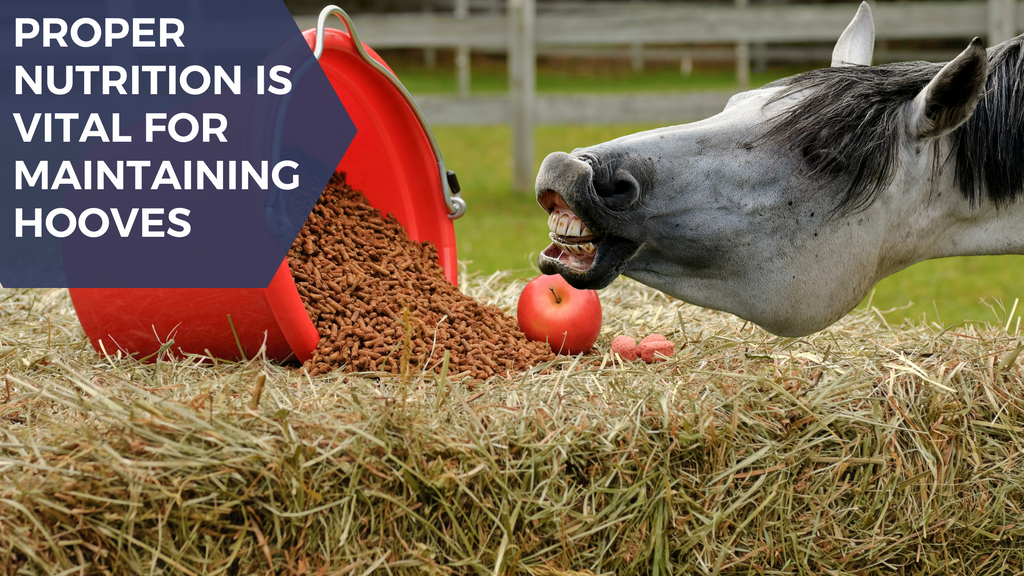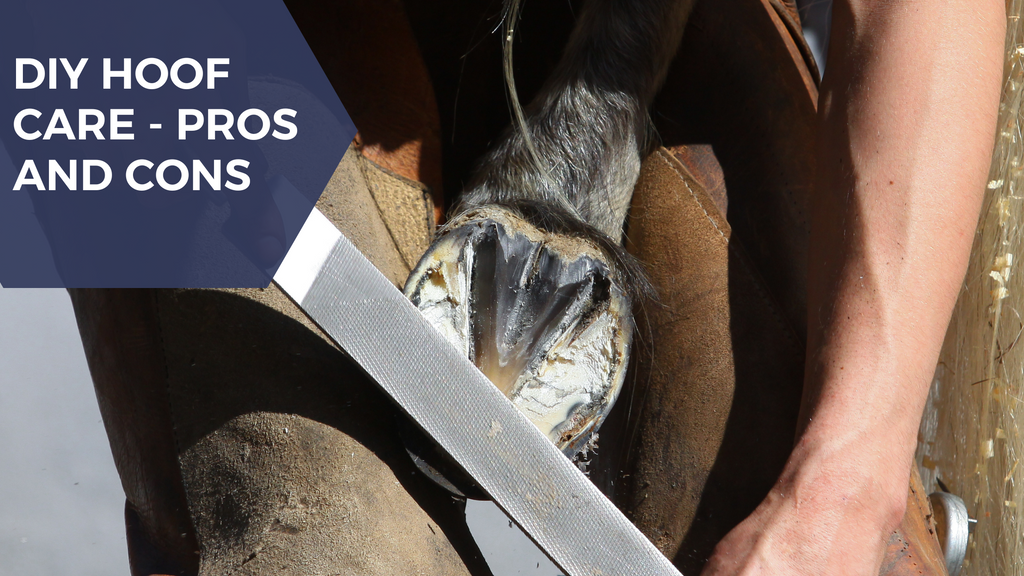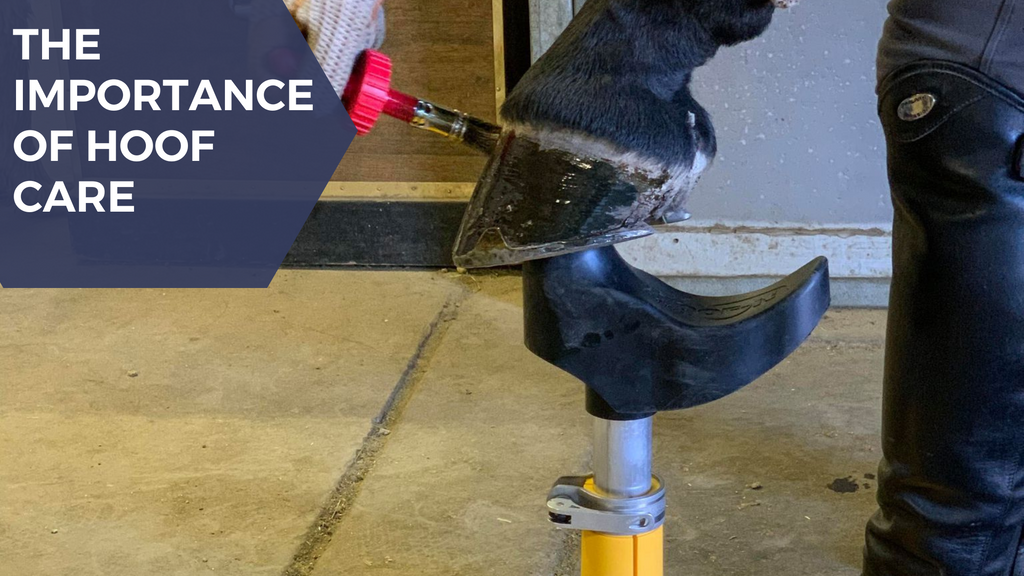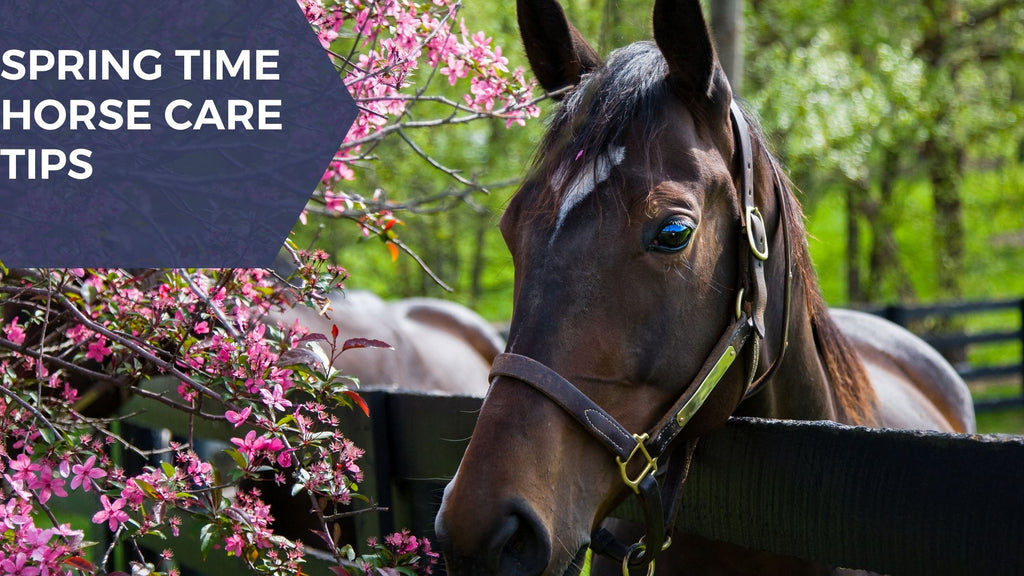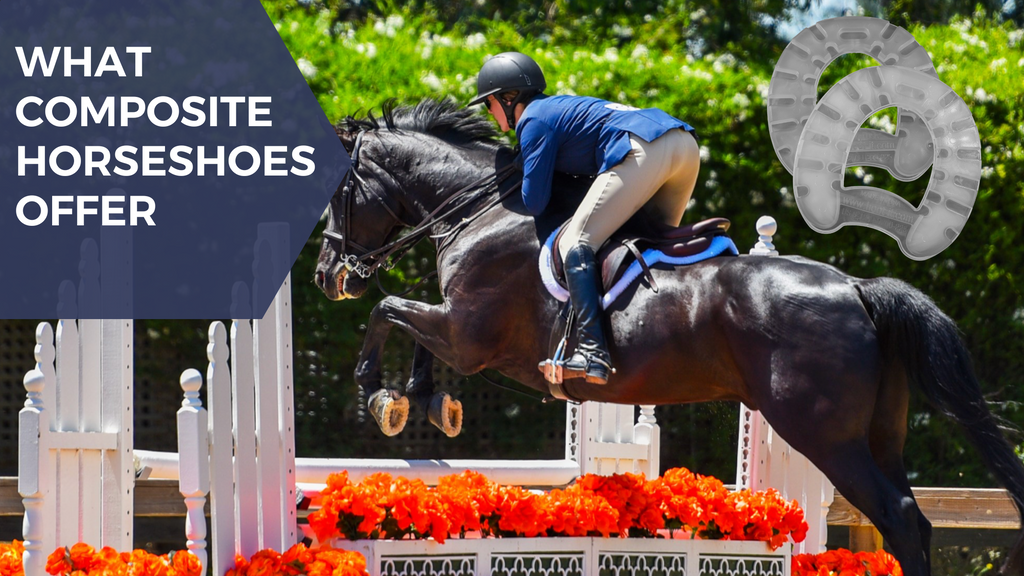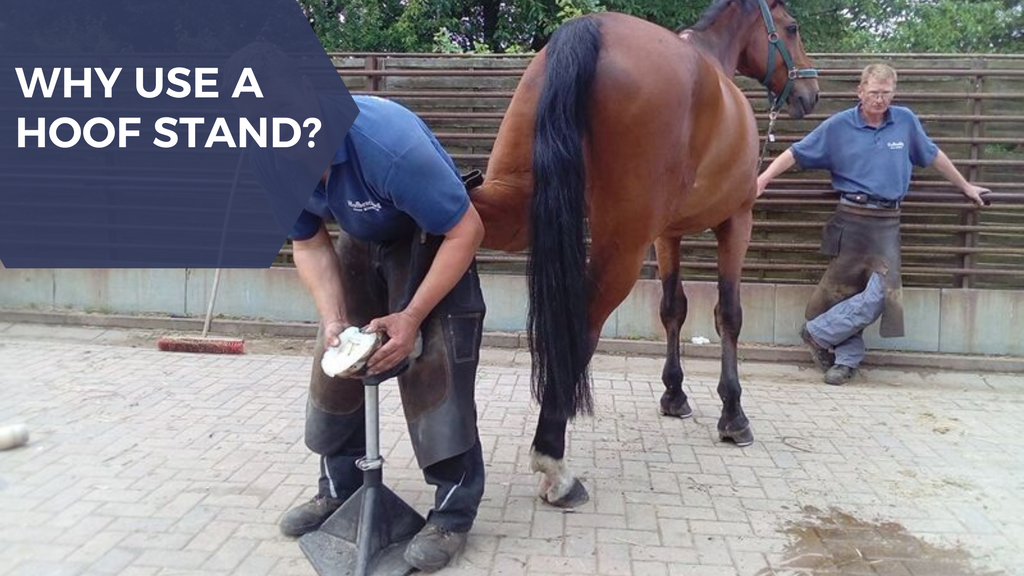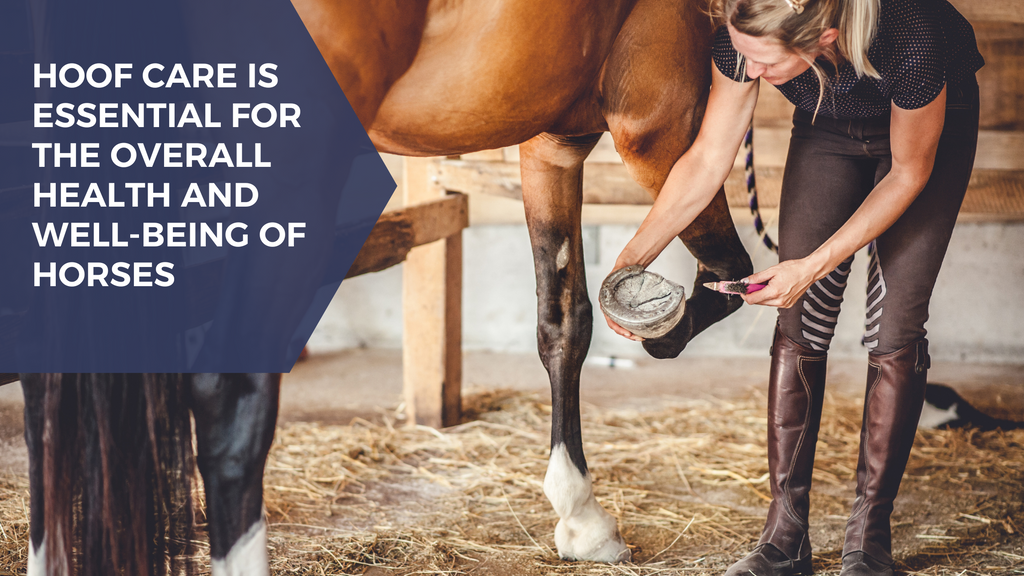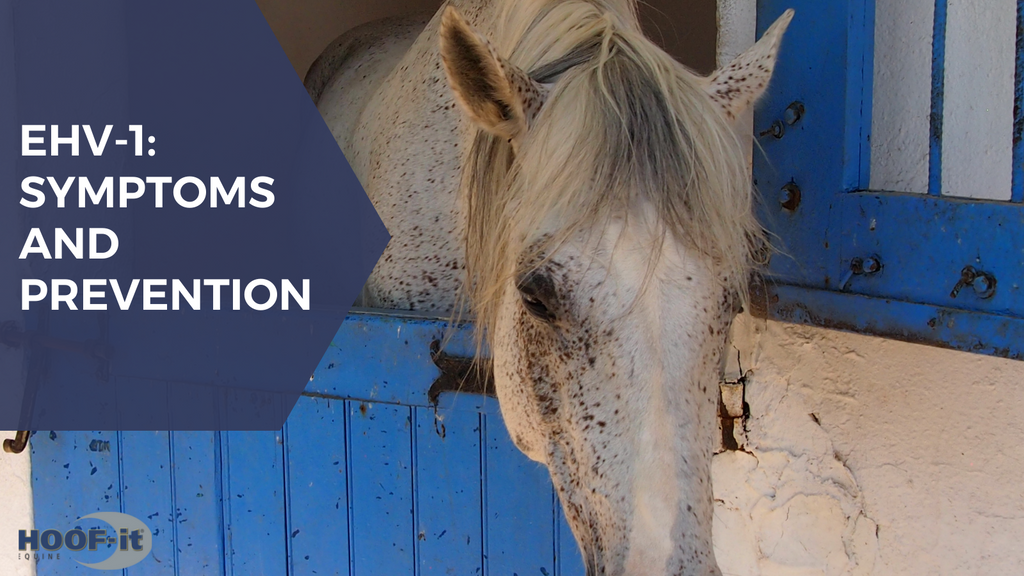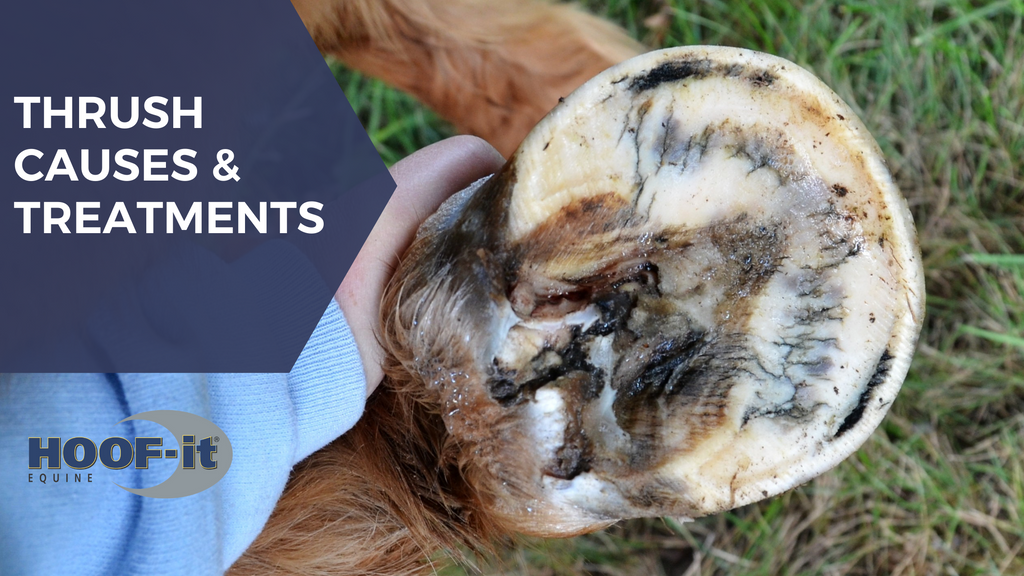HOOF-it Blog
The Role of Nutrition in Maintaining Healthy Hooves in Horses
DIY hoof care: can you do it yourself or do you need a professional?
The Importance of Hoof Care
Springtime Horse Care: A Checklist for Keeping Your Horse Healthy and Happy
Why would I switch my horse to composite horseshoes?
Why use a hoof stand?
Why equine hoof care is essential
EHV-1: Symptoms and Prevention
Equine Herpesvirus-1 (EHV-1) is a common equine virus. It has been known to cause respiratory disease, neurological disease, and abortions.
